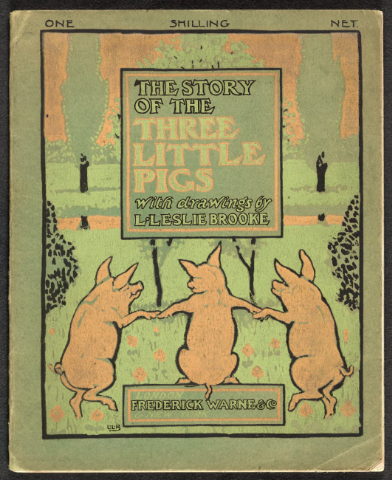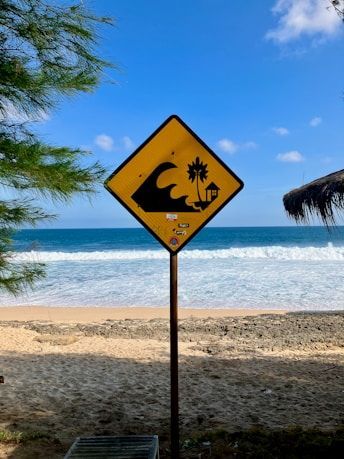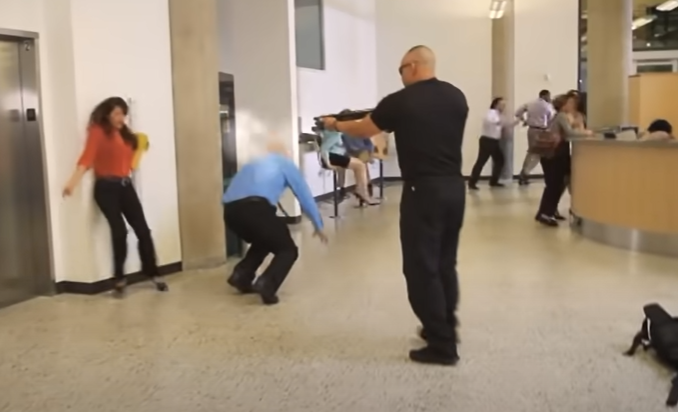Post Title
Mike Stoll & Sherrie Szekalski, ReadySmartGo

Everyone knows the story of the Three Little Pigs. It’s a great children’s story that offers a great business lesson. It’s the lesson of preparedness as a competitive strategy.
As the story goes, the Three Little Pigs are sent off to make their way in life by their mother.
In our story, each pig decides to build a business, and they each choose a different competitive strategy for succeeding. All three strategies are sound competitive business concepts.
But, each business needs its own unique emergency preparedness plan, or what is known as a Business Continuity Plan to survive any external disruption. The lesson to be learned here is that disruption trumps strategy unless preparedness is a part of the strategy.
You know how the story begins … “Once upon a time there was an old sow with three little pigs.” Let’s give our little pigs names, we’ll call them Stymie, Pot Belly, and Oink. The old sow could no longer support her little darlings, so she gave them each a paltry send-off and wished them the best.
The first little pig, Stymie, went off and met a man with a bundle of straw. This building material was attractive and cheap. She said to the man, “Please man sell me that straw to build my new business, which the man did.”
Poor Planning Equals Poor performance
You see, Stymie’s strategy was to be the low-price seller in her market so that she could attract larger-quantity, bulk-order buyers. But, in order for her to sell her products at such low prices, she had to keep costs low. Cheap straw would lower her cost, but she had no plan to lower her risk in the event of something went wrong.
After a time orders began coming in, and one-day Stymie heard a knock at the door. It was B. B. Wolf! He said “Little Pig, Little Pig, let me come in.” To whom Stymie answered, “No! Not, by the hair on my chinny chin chin.” “Then I’ll huff, and I’ll puff, and I’ll blow your business in.” Said the Wolf.
“So he huffed and he puffed and he blew the business in, and he ate up the little pig.” Poor Stymie! She really should have had a business continuity plan for a disaster such as this. Now she and her business were gone along with all her hard work, and her sought-after quantity-buyers would have to find another source.
Penny Wise and Pound Foolish
The second pig, Pot Belly, met a man with a bundled bramble (sticks and twigs) which looked like a good option for construction material. It was reasonably priced and somewhat sturdy. So he said “Please man sell me that bundled bramble to build my business,” which the man did, and Pot Belly built his business.”
Now, Pot Belly’s strategy was to be a mid-market seller. He would offer his quality-made products at moderate pricing for the everyday customer who needed what he had to sell. Like Stymie, he also had to keep an eye on expenses, and though the bramble material was like a reasonably priced choice, he knew it was not real sturdy stuff.
He gambled that it was durable enough to protect his new business in most situations which enabled him to hire unskilled people to do the work which also saved money.
His business was thriving as expected until one day there was a knock at the door. It was B. B. Wolf! He shouted through the bramble, “Little Pig, Little pig let me come in.” Pot Belly replied, ““No! Not, by the hair on my chinny chin chin.” “Then I’ll huff, and I’ll puff, and I’ll blow your business in.” Said the Wolf.
“So he huffed and he puffed until he blew the business in, and he ate up the pig.” Poor little Pot Belly! He was gone, his business was gone, and now his employees would have to seek out new jobs.
Operational Resilience Keeps the Customers Coming
The third little pig, Oink, met a man with a load of expensive bricks. This would make for an impenetrable building if she could get the man to work with her on financing. She said “please man sell me those bricks to build my business,” which the man did (small down payment, balance @ 3% for 30 years) and Oink built her business.
It was Oink’s strategy to be a high-end seller. Her products would be the highest quality, made from the best materials, and would last the longest. She would start out slow, work hard, and carefully prepare in anticipation of potential threats and disruptions. Creating a Business Continuity Plan detailing how to stay operational during any disruption to her business.
Her employees were very high quality and the most talented available keeping her customers happy. The plan for preparedness would include ensuring that her employees could see a bright future for themselves. It would all be worthwhile as Oink’s brand would grow to be the envy of the marketplace, and she would soon have the number one selling product.
So, one day the wolf came, as he did the other two pigs, and after banging on the door, he said “Little Pig, Little Pig, let me come in.” And, as you would expect by now, Oink says “No! Not by the hair on my chinny chin chin.” “Then I’ll huff, and I’ll puff, and I’ll blow your business in.” Said the Wolf.
Well he huffed and he puffed, and he puffed and he huffed, but he could not bring the business down. He finally gave up. But he still wanted to eat that little pig.
Next, B. B. Wolf schemed up several more ideas to get that pig. But Oink thought through the many possibilities (Turnips, Apples, The town fair) of how her business could be disrupted (Risk Assessment) and hypothesized solutions (Beat-the-Clock, Distraction Technique, Butter Churn) to overcome the risks (Incident Response Plan). She even ran her employees through drills in case of a real disruption by B.B. Wolf (Practice & Rehearse). This was all a part of her Business Continuity Plan.
The Plan Pays Off
The wolf tried to lure her out with a newly found harvest of turnips. When this happened, she used her “Beat-the-Clock” technique to beat Wolf. She and a few of her employees got to the field ahead of the wolf and filled their stores with all the turnips they could carry returning before the wolf came to fetch her.
B.B. tried to lure her out again to pick apples from a fully fruited apple tree, but she outwitted him again using the "Distraction Technique." She and her team diverted his attention by throwing apples out onto the field which the wolf chased so they could safely scamper back to safety with their satchels of apples.
B.B. Wolf even tried to lure Oink to the Town Fair. But, again she arrived early to buy what she needed including a large wooden butter churn for escape. When it was time she climbed into it and almost ran him over, rolling back down the hill towards her brick building to continue serving customers.
The Big Bad Wolf lost in every attempt to disrupt Oink’s business by eating her up like the previous two pigs. She was too well-prepared and too smart for old B.B. She had a winning competitive strategy and prepared for every possible disruption with sound business continuity planning and creative tactical solutions for every crisis.
The wolf tried one last gambit of getting to that little pig by sneakily climbing onto Oink’s, roof and climbing down her chimney. But, once again the wolf was no match for Oink’s preparations. She had her big kettle of water, boiling over a hot fire in the fireplace. When the wolf came down the chimney he fell into the pot and Oink covered it with a heavy lid. Mmmmm, wolf stew was a-brewing.
Not only was Oink’s business continuing to thrive through all the disruption, but she also kept her employees working and paid on time. Using key people she could count on to help her, she was able to overcome many problems. Her customers were confident they could count on Oink’s products to be available for them no matter what calamity they may have to confront next. Her competition couldn’t keep up with this level of supply chain assurance making her business #1 in its class.
Moral of the Story
The moral of this story is that you need to outlast, outwit and outsmart your competition to thrive. Your employees depend on you and will stay loyal if they feel safe. Your customers will choose you over your competition if they are confident in your sustainability and resilience.
Oink’s strategy proved to be a sound business practice and investment in business continuity preparations paid off. Unfortunately, Stymie’s and Pot Belly’s failures proved that even a good strategy can be undone by poor preparation.
Truism: The absence of preparedness costs more than being prepared.
Remember … You can’t win if the Big Bad Wolf eats you up!
© ReadySmartGo, LLC 2024 Original content by authors of ReadySmartGo, LLC except where indicated. All rights reserved.




